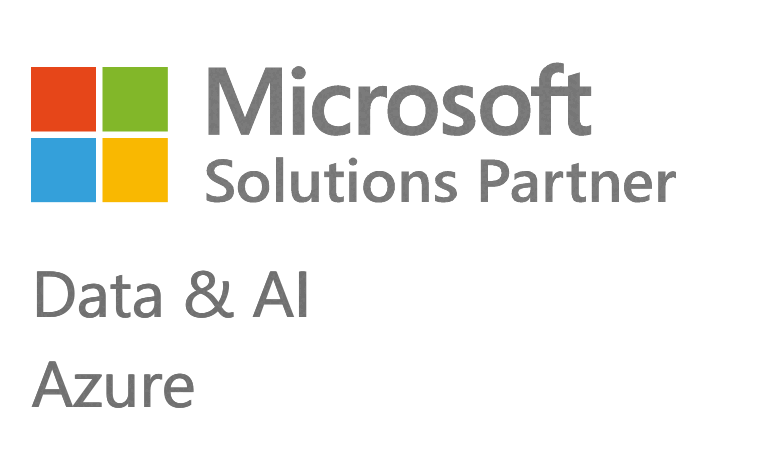Using a Virtual Desktop for Website Maintenance
Websites need to be regularly maintained for reasons such as topicality, inserting new content, and very importantly for digital marketing purposes. Typically, while a live site is available on the web to all visitors, the backend on the site, and a replica site for testing (usually referred as the staging site) are only accessible to the content editors and web developers.
You don’t want both your production and staging servers to be exposed on the web to users and search engines. This could attract penalty for content duplication resulting in a negative effect on search engine rankings. A virtual desktop used as a jump server can be beneficial to this end. While backend access will be restricted to users of virtual desktops, you can update the content on the production site once it’s ready.
Using a virtual desktop as a jump server is convenient in the sense that, selected users granted backend access, can login using a browser or RDP from multiple locations from any laptop or desktop that they may be using. The backends to production and staging are only available through the virtual desktop reducing the chances of hacking considerably. Changing a host file on the virtual desktop allows toggling between the production and staging while easily addressing the URLs by the domain names and not IPs. This arrangement gives the marketing team the flexibility to review, edit, change and approve content without having to access it through individual end user machines. For teams dispersed across multiple locations collaborating on a project, a virtual desktop is useful to the extent that it dramatically improves productivity.














